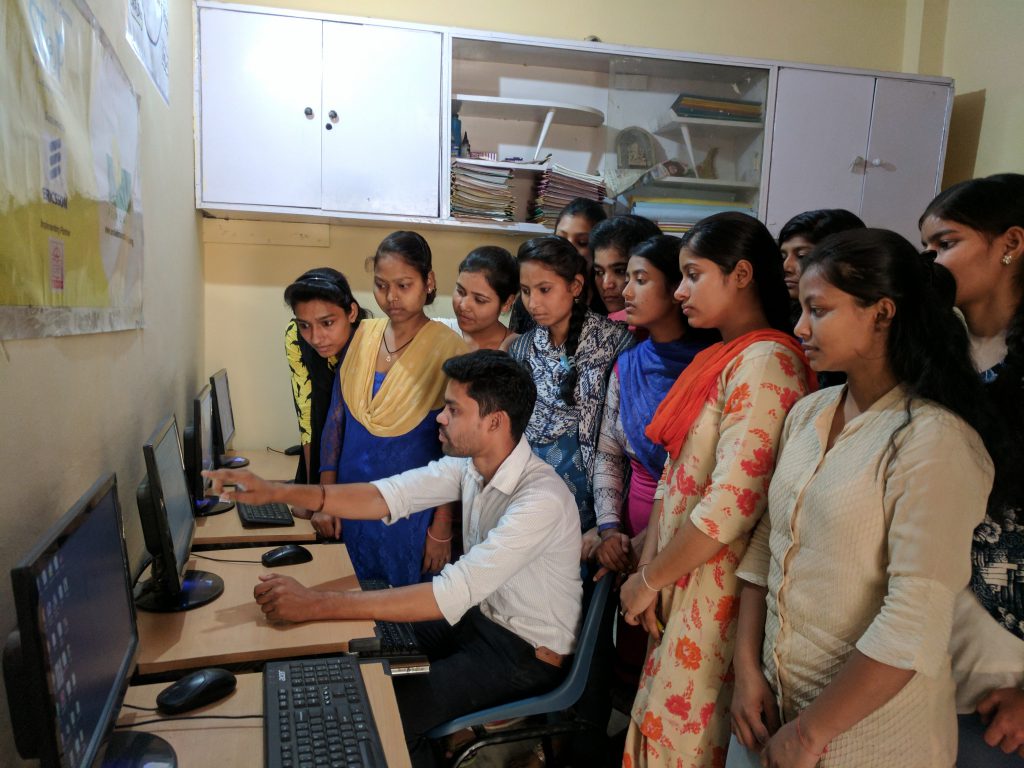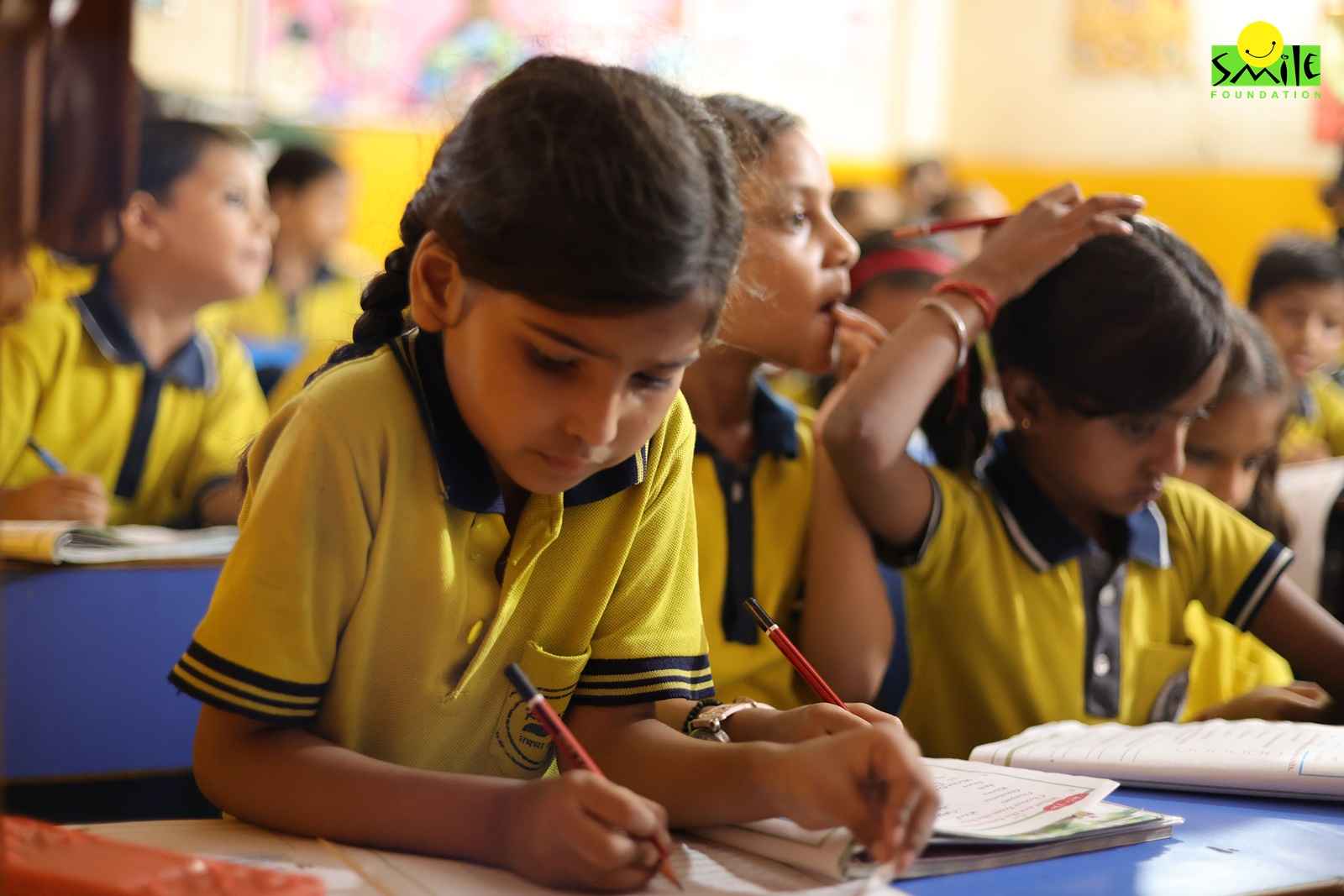In a world where advancements in healthcare continue to reshape our lives, a recent report by the McKinsey Health Institute, in collaboration with the World Economic Forum (WEF), sheds light on a concerning reality – the persistent health gap experienced by women. The report underscores the critical need to address existing disparities that not only impact the well-being of women but also have significant implications for global economies.
Understanding the Health Gap
While women, on average, live longer than men, the report reveals a stark truth – women spend 25% more of their lives in poor health. Delving deeper into the data, the report suggests that the health gap can be closed, potentially resulting in an additional 7 days of healthy living per year for each woman globally. More notably, this closing of the health gap could contribute to a staggering boost of $1 trillion to the global GDP by the year 2040.
While 95% of the health burden affecting women stems from conditions that also impact men, it is essential to recognize that female-specific conditions, including sexual and reproductive health (SRH), maternal, newborn, and child health (MNCH), and endometriosis, constitute approximately 5% of this burden.
In India, a closer look at the data reveals that the top four conditions contributing to the highest health burden for women affect both genders similarly. These include neonatal disorders, ischemic heart disease, diarrheal diseases, and lower respiratory infections. However, conditions that disproportionately affect women, such as chronic obstructive pulmonary disease, stroke, dietary iron deficiency, and low back pain, also feature prominently.
Root Causes: Science, Care Delivery, Investment, and Data
The report identifies four primary global areas contributing to the health gap for women: science, care delivery, investment, and data.
Science: Historically, the study of human biology has defaulted to the male body, leading to a lack of understanding of sex-based biological differences. This has resulted in treatments being less effective for women than men. For instance, certain medical interventions, when sex-disaggregated, prove to be less effective for women, highlighting a systemic issue that needs urgent attention.
Care Delivery: Women face barriers, stigma, and bias in healthcare systems designed and run by men, leading to diagnostic delays and suboptimal treatment. Addressing this requires a shift in the healthcare paradigm towards more inclusive and patient-centric models.
Investment: There has been lower investment in women’s health conditions relative to their prevalence. This lack of investment perpetuates a cycle of limited scientific understanding and data to support new investments. In digital healthcare, FemTech companies, specifically designed to address women’s health needs, received only 3% of the total digital health funding, indicating a significant gap in financial support.
Data: Health burdens for women are systematically underestimated due to datasets that exclude or undervalue crucial conditions. Only about 50% of health interventions provide disaggregated data by sex, contributing to a significant undercounting of women’s health burden.
Closing the Gap: A Trillion-Dollar Opportunity
The report posits that addressing the gaps and shortcomings in women’s health could reduce the time women spend in poor health by almost two-thirds, offering 3.9 billion women the prospect of healthier lives. The potential impact includes adding 7 more days of healthy living for each woman annually, contributing at least $1 trillion to the global economy by 2040, and generating the equivalent impact of 137 million women accessing full-time positions by 2040.
To achieve health equity and foster economic growth, stakeholders must embrace a cooperative and comprehensive strategy:
- Invest in Women-Centric Research: Fill knowledge and data gaps related to women-specific conditions, ensuring a robust understanding of diseases affecting women differently.
- Systematic Data Collection: Collect and analyze sex-, ethnicity-, and gender-specific data to accurately represent women’s health burden and the impact of interventions.
- Enhance Access to Gender-Specific Care: Develop and implement strategies for improved access to gender-specific care, spanning prevention to diagnosis and treatment.
- Advocacy and Awareness: Raise awareness and support advocacy initiatives to bring attention to the women’s health gap, fostering a global conversation around this critical issue.
Conclusion
In conclusion, the report serves as a wake-up call, urging stakeholders to address the persistent health gap experienced by women. By investing in the health of women, we not only improve the quality of life for half of the global population but also unlock a trillion-dollar opportunity for economic growth. It is time to move beyond rhetoric and take concrete actions toward a future where women enjoy not just longer lives but healthier, more prosperous ones. The cost of inaction is not just a health deficit but an economic one that the world cannot afford.
Smile Foundation is dedicated to addressing this challenge through its relentless efforts. Under its women empowerment initiative, Swabhiman, Smile is actively raising awareness among women in both rural communities and urban slums about their health requirements and the essential medical care they should seek.
Conducting workshops and street plays, Smile Foundation is not only spreading awareness but also fostering behavioral changes regarding women’s health needs. The comprehensive initiative pays special attention to women, offering tailored assistance, particularly to pregnant women.
Recognizing that a healthy woman plays a pivotal role in ensuring a healthy family, we understand the broader impact of creating a healthier community through empowering women and fostering a culture of well-being.









